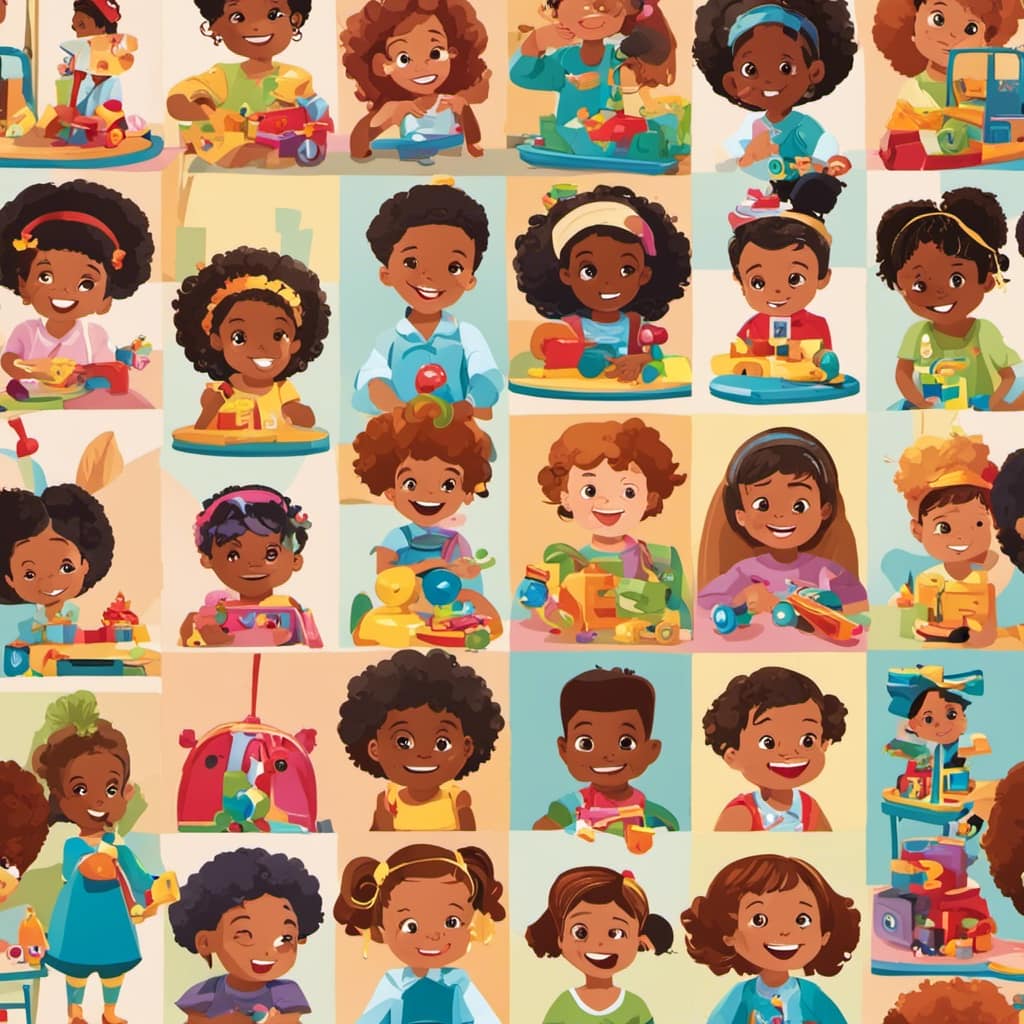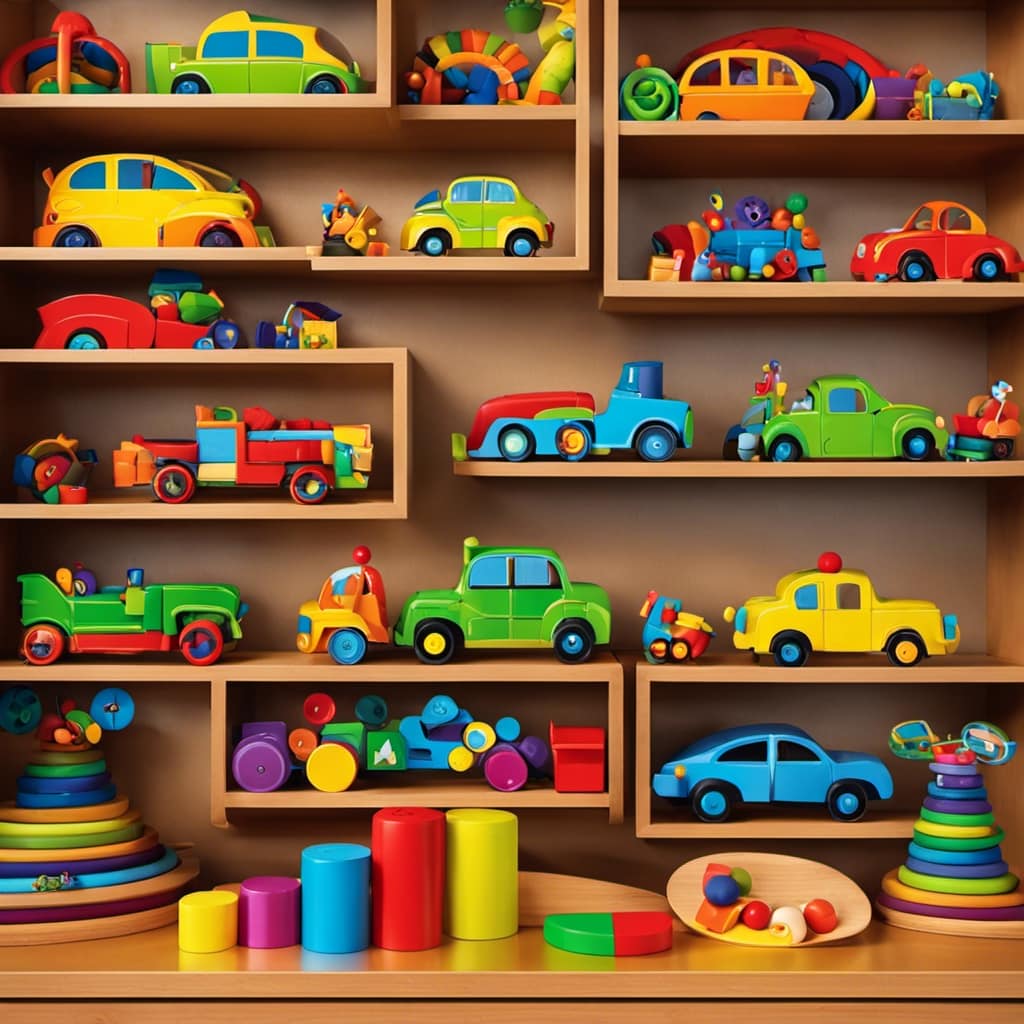Fascinated by the possibilities and numerous opportunities offered by the advancements in technology, I recently discovered an incredible tool that can unlock creativity and pave the way for future careers in STEM fields.
Coding toys, like the Fisher-Price Code-a-Pillar, are revolutionizing child development by fostering young programmers. These toys not only teach basic coding concepts, but also enhance problem-solving skills, logical thinking, and creativity.
With free coding games and apps like Code.org and Scratch, children can explore technology in a fun and interactive way, preparing them for the exciting world of STEM learning.
Key Takeaways
- Coding toys develop computational thinking skills and problem-solving abilities in young programmers.
- Coding toys foster creativity and imagination in children.
- Coding toys enhance STEM skills and prepare children for future careers in STEM fields.
- Coding toys provide a fun and engaging way for young programmers to develop important skills.
The Benefits of Coding Toys for Child Development
I love how coding toys for children can develop their computational thinking skills and problem-solving abilities.
But did you know that coding toys also play a crucial role in fostering creativity and imagination? By engaging with coding toys, children are encouraged to think outside the box, explore different possibilities, and come up with innovative solutions to problems. These toys provide a platform for young minds to experiment, create, and express their ideas in a fun and interactive way.
Now, let’s address some frequently asked questions about coding toys.
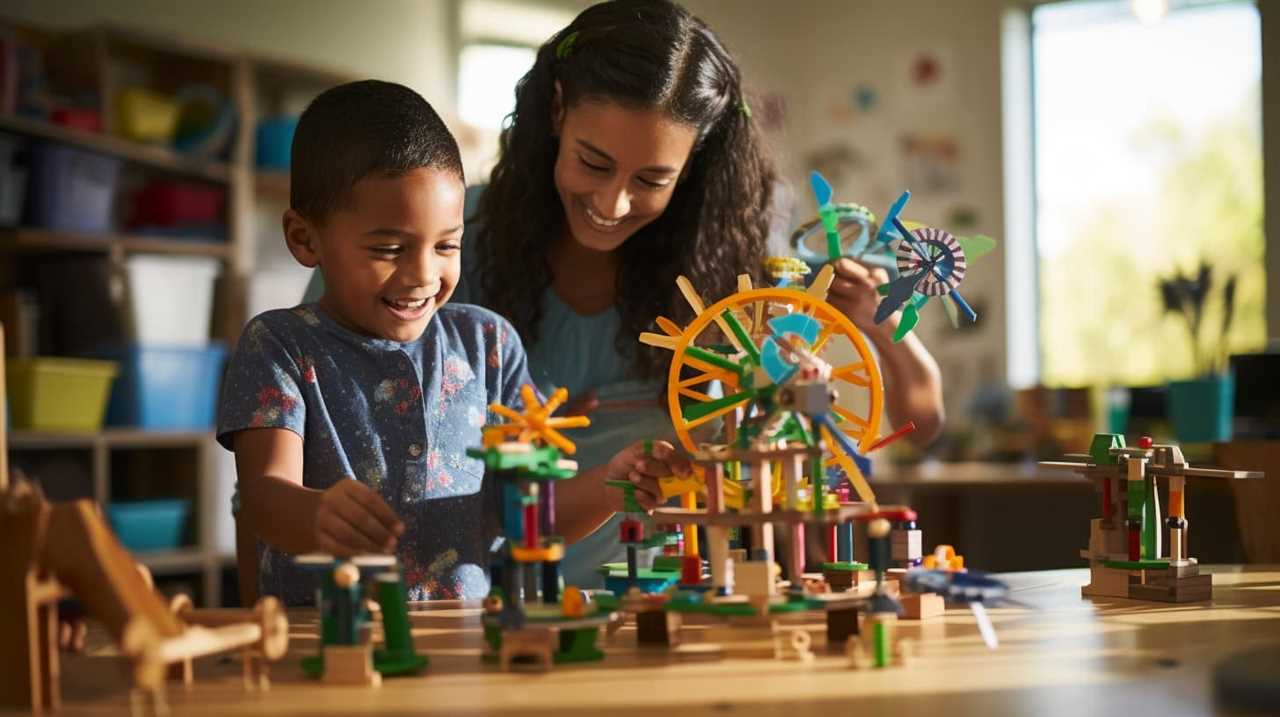
Parents often wonder if coding toys are suitable for their child’s age group. The answer is yes! There are coding toys available for kids of different age ranges, starting from as early as three years old. These toys are designed to introduce basic coding concepts and gradually build upon them as the child grows. So, whether your child is a preschooler or in elementary school, there are coding toys that can cater to their developmental needs.
Exploring Coding Toys for Young Programmers
The Code-a-Pillar by Fisher-Price is an excellent tool for teaching kids aged 3-6 basic coding concepts and developing problem-solving skills. This coding toy has a significant impact on early childhood education, as it plays a vital role in developing critical thinking skills.
Here are three ways coding toys like the Code-a-Pillar benefit young programmers:
-
Enhancing critical thinking skills: Coding toys encourage children to think logically and solve problems step by step, enhancing their critical thinking abilities.
-
Fostering creativity: By allowing kids to experiment and create their own sequences of commands, coding toys foster creativity and imagination.
-
Building a foundation for future STEM learning: Coding toys lay the groundwork for future learning in science, technology, engineering, and mathematics (STEM) fields by introducing coding concepts at an early age.

Free Coding Games and Apps for Young Programmers
Code.org, Scratch, and Blockly offer free coding games and apps that provide a fun and interactive way to learn coding fundamentals and explore technology. These coding games and apps are designed to cater to different age groups and skill levels, making them suitable for preschoolers and elementary students.
| Coding Games for Preschoolers | Coding Apps for Elementary Students |
|---|---|
| Kodable | Scratch |
| Lightbot | Blockly |
Kodable and Lightbot are excellent coding games for preschoolers as they focus on teaching basic coding logic and problem-solving skills. On the other hand, Scratch and Blockly are coding apps that allow elementary students to create their own animations and games using a visual programming language. These coding games and apps not only make learning coding enjoyable, but they also help develop crucial skills such as computational thinking, problem-solving abilities, and creativity. By engaging young minds in a playful manner, these coding games and apps lay a strong foundation for future STEM learning and can even inspire future careers in technology and programming.
The Importance of Coding Toys for STEM Learning
Developing crucial skills for STEM learning, coding toys provide a fun and interactive way to explore technology and learn coding fundamentals. They play a vital role in early education, helping children develop important skills that will prepare them for future careers in STEM fields.
But what are some frequently asked questions about coding toys?
- How do coding toys enhance STEM skills?
Coding toys help develop computational thinking skills and problem-solving abilities. They foster creativity and imagination, allowing children to think outside the box while solving coding challenges.
- What are the benefits of coding toys for young programmers?
Coding toys like Fisher-Price Code-a-Pillar teach basic coding concepts and develop problem-solving skills, logical thinking, and creativity. They build a strong foundation for future STEM learning, all while captivating young minds with their bright colors and friendly design.
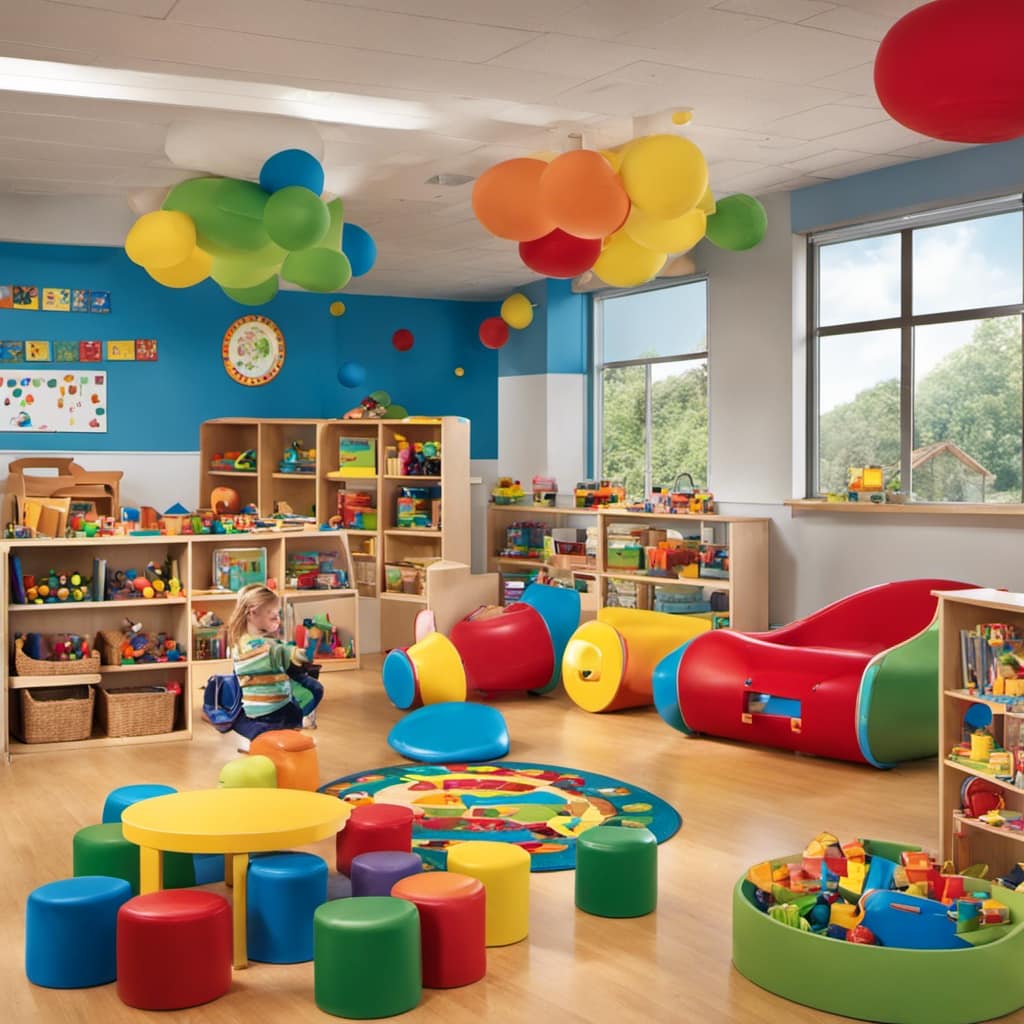
- Are there any free coding games and apps for young programmers?
Yes, there are! Code.org, Scratch, and Blockly offer coding activities and tutorials for all levels of expertise. Scratch allows kids to create their own animations and games using a visual programming language, while Blockly introduces coding concepts through puzzle-like challenges. These free resources are a great way to introduce coding to young learners and further enhance their skills.
Coding toys are not only important for STEM learning but also provide an interactive and enjoyable way for children to develop crucial skills. They foster creativity, improve problem-solving abilities, and prepare young learners for a technology-driven world. By incorporating coding toys into early education, we can nurture the next generation of skilled programmers and innovators.
Nurturing Problem-Solving Skills With Coding Toys
I believe that coding toys are an effective way to nurture problem-solving skills in children. These toys provide problem-solving challenges and critical thinking activities that engage young minds.
By using coding toys, children are encouraged to think analytically and come up with creative solutions to various challenges. Through these activities, they learn how to break down complex problems into smaller, manageable parts and develop logical thinking skills.
Coding toys also teach children to approach problems systematically and test different solutions until they find the most effective one. This process of trial and error helps them develop resilience and perseverance.
Overall, coding toys provide an interactive and enjoyable way for children to enhance their problem-solving abilities and develop critical thinking skills that will benefit them in many areas of their lives.
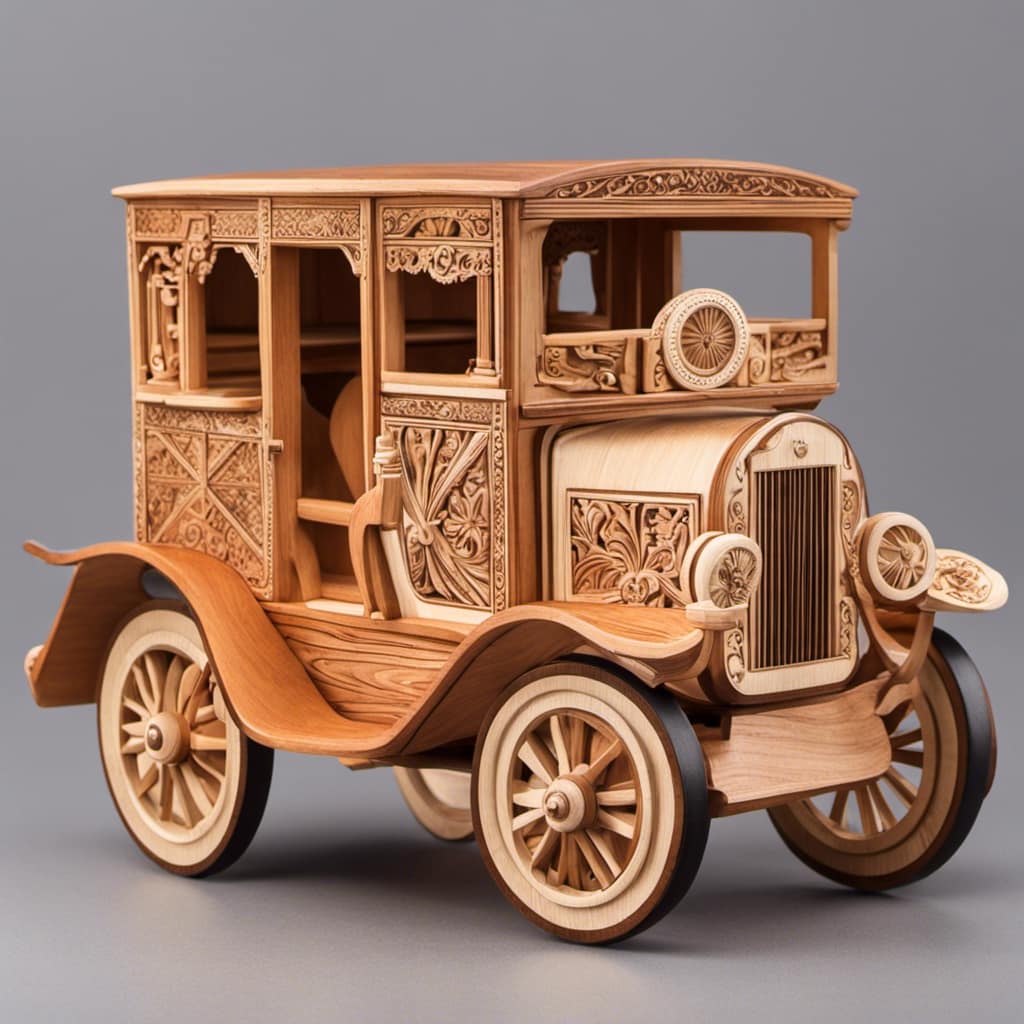
Inspiring Imagination With Coding Toys
Playing with coding toys ignites imagination and encourages children to think creatively while solving challenges. Designing interactive coding toys has a significant impact on cognitive development. Here are three ways coding toys inspire imagination and foster creativity:
-
Open-ended play: Coding toys provide an environment where children can explore and experiment with endless possibilities. They can create their own stories, characters, and worlds, allowing their imagination to soar.
-
Problem-solving through storytelling: Coding toys often incorporate storytelling elements, encouraging children to think critically and creatively to solve problems within the context of a narrative. This helps them develop their storytelling skills and imagination.
-
Personalization and customization: Many coding toys allow children to customize and personalize their creations, giving them the freedom to express themselves and bring their unique ideas to life.
Frequently Asked Questions
Are Coding Toys Only Beneficial for Children Interested in STEM Fields?
No, coding toys are not only beneficial for children interested in STEM fields. They can foster creativity and problem-solving skills in any child, regardless of their future career aspirations.
What Age Range Are Coding Toys Suitable For?
Coding toys are suitable for preschoolers and adults. They provide a fun and interactive way to learn coding fundamentals, develop problem-solving skills, and prepare for future careers in STEM fields.

Can Coding Toys Be Used as a Tool for Teaching Other Subjects, Such as Language Arts or Social Studies?
Yes, coding toys can be used as a tool for teaching language arts and social studies. For example, by using coding toys to create interactive stories or simulate historical events, children can develop both coding skills and subject knowledge simultaneously.
How Do Coding Toys Compare to Traditional Education Methods in Terms of Effectiveness?
Coding toys offer a hands-on and interactive approach to learning, allowing children to develop crucial skills like computational thinking and problem-solving. They can be more engaging and effective compared to traditional education methods in fostering creativity and preparing for future careers.
Are There Any Potential Drawbacks or Limitations to Using Coding Toys for Child Development?
Potential drawbacks of using coding toys for child development include limited physical interaction, screen time dependence, and potential oversimplification of coding concepts. However, these challenges can be mitigated by balancing coding toys with other learning experiences.
Conclusion
In conclusion, coding toys are the secret keys that unlock the doors of creativity and future careers for our little ones. They are like magical wands that ignite imagination and spark innovation in young minds.
These toys are not just playthings; they are powerful tools that shape the future of STEM learning. So, let’s embrace these coding toys and watch our children soar to new heights as they master the language of technology.
Together, let’s pave the way for a generation of young programmers who will change the world with their brilliance.
